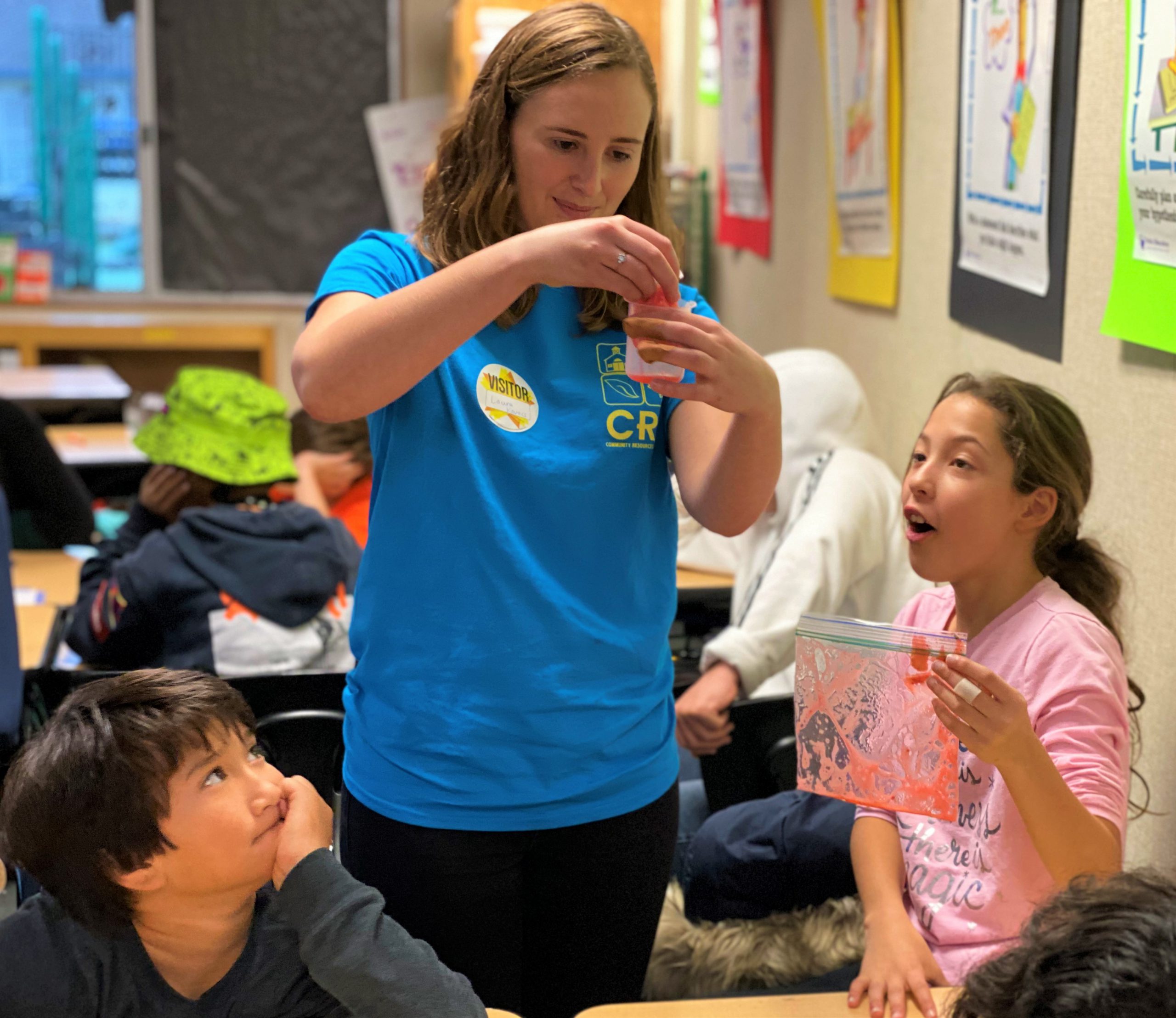
Science Activity Kits
Aluminum Boat Challenge
Description: Guide children in discovering how to create an aluminum foil boat that will float on water and carry the greatest possible cargo (Lego people), using only the resources provided. The goal is maximum efficiency!
Learning Goals: For children 7 and under, this activity builds on fine motor skills and an understanding of shapes and resource use.
For children 8 and above, this activity builds on an understanding of structure and function (an object's shape determines many of its properties and functions); stability and change (understanding structural stability and rates of change are critical elements of science and engineering).
Ideal number of presenters: 1 presenter for every 3-5 children.
Chromatography
Description: Chromatography is a technique for seperating a material into its parts. In this activity, we will be showing how with ordinary household materials we can seperate out various pigments in markers.
Learning Goals: To understand the basic principles of capillary action and solubility. As well as thinking about real world applications, such as purity testing, determining pollutant levels, or comparing samples from a crime scene.
Ideal number of presenters: 1 presenter for every 3-5 children.
DNA Testing

Description: Use soapy salty water to fruit to release and clump the fruit's DNA so it is easier to see. Add rubbing alcohol to pull the DNA out of the fruit so that it can be seen!
Learning Goals: Understand what is being seen. Compare different fruits and vegtables to see if it is easier for some vs others.
Ideal number of presenters: 1 presenter for every 5-7 children.
Marble Roller Coasters
Description: After being given materials, students design and then construct a roller coaster. They will roll a ball down their coaster to test speed and durability.
Learning Goals: Helping students understand the difference between Science vs Engineering Inquiry Process Methods, Gravity, and different types of energy.
For older students using multiple balls, objective is to understand experimental processes and independent/dependent variables.
Ideal number of presenters: 1 presenter for every 3-5 children.
Salty Science
Description: Through a hands-on activity and demos, kids will learn about the effect that salt has on ice by lowering its melting point. Adding the food color allows kids to see all the cracks, crevices, and tunnels the salt makes as the ice melts.
Learning Goals: For children 7 and under, this activity builds on cause and effect relationships. Children can compare ice cubes with and without salt and note visual and textural differences.
For children 8 and above, this activity builds on real world applications. Children are encouraged to question the practical uses, such as people who live in colder climates putting salt on icy roads.
Ideal number of presenters: 1 presenter for every 3-5 children.
Squishy Circuits
Description: Through a hands-on activity and demos, kids will learn about the effect that salt has on ice by lowering its melting point. Adding the food color allows kids to see all the cracks, crevices, and tunnels the salt makes as the ice melts.
Learning Goals: For children 7 and under, the objective is to understand 'closed' versus 'open' circuits. They can think of the LED as a little person with two legs, plug each of its "feet" into the playdough shoes. (If it doesn't light up, the LED person might have their "feet" in the wrong shoes, let's turn them around and put on the right shoes).
For children 8 and above, the objective is to understand the flow in electric circuits. Through the different doughs made from either salt or sugar, they can note differences between conductive and insulating materials.
Ideal number of presenters: 1 presenter for every 2-3 children.